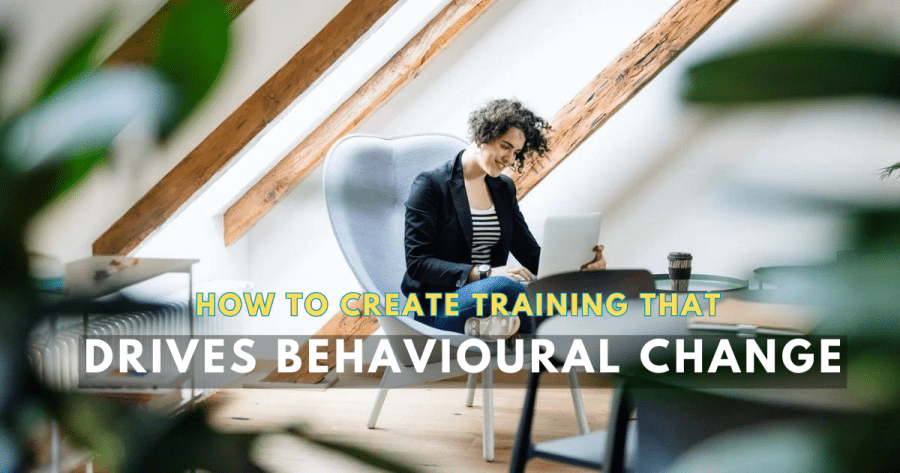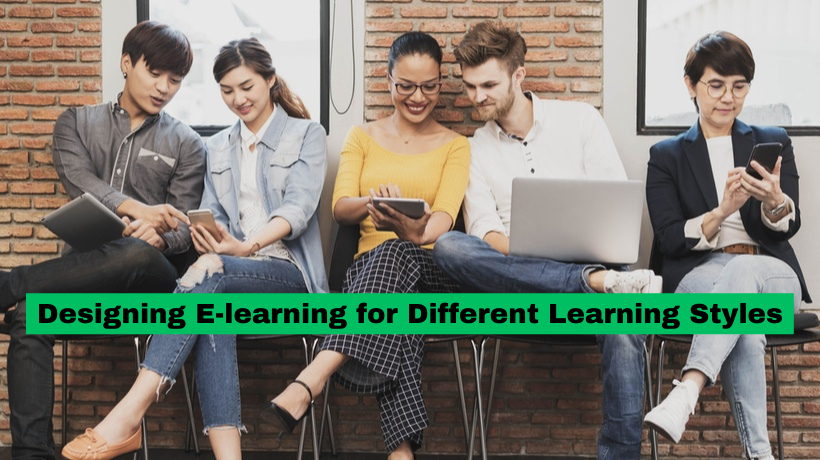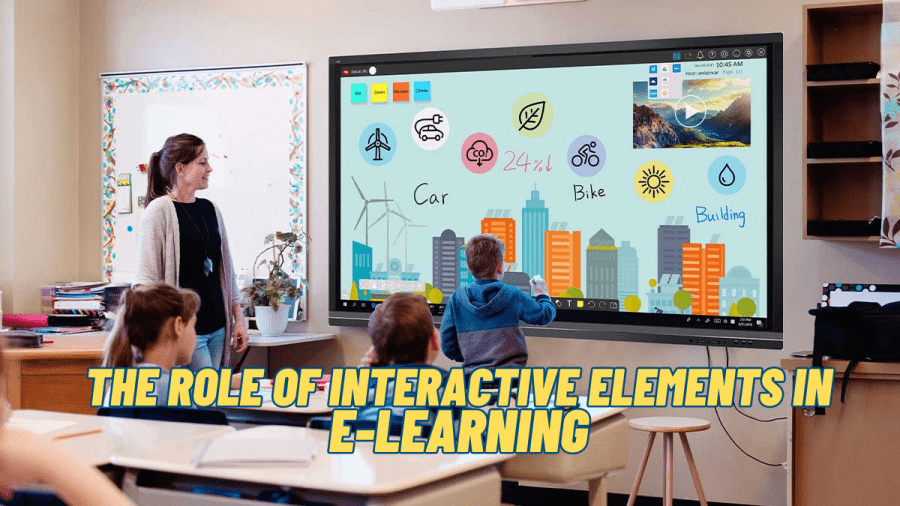11 Distractions to Avoid in E-Learning Course Design Distractions can significantly impact the effectiveness of e-learning courses and the experience of learners. The problem is that distractions are often hard to identify. After all, nobody would deliberately put a distraction into an e-learning course. More often than not, the distracting element comes with good intentions that are unfortunately misguided. To …
Successful E-Learning Project Dos and Don’ts
Successful E-Learning Project Dos and Don’ts Successful e-learning projects don’t happen by accident. Instead, they happen because of careful planning and by following a tried and tested design and development process. Here are our dos and don’ts for successful e-learning projects. Successful E-Learning Project Dos Conduct a Needs Assessment A needs assessment will tell you what learners know, what they …
How to Create Training that Drives Behavioural Change
How to Create Training that Drives Behavioural Change Corporate training can have a range of objectives and desired outcomes, but one of the most common is behavioural change. In other words, getting employees to do things differently or better than before. However, successfully implementing a training course in your organisation is not the same as changing behaviours. There are several …
Influential Instructional Design Theories and 5 Others You Should Know
4 Influential Instructional Design Theories and 5 Others You Should Know Instructional design is the systematic process of creating training courses that lead to efficient, effective, and engaging learning experiences. The core idea behind instructional design is to apply a defined methodology to the creation of e-learning courses and other instructional materials to ensure learning objectives are met. There is …
The Challenges of Asynchronous Learning and How to Overcome Them
The Challenges of Asynchronous Learning and How to Overcome Them Asynchronous learning involves employees completing training at different times. The opposite is synchronous learning, where employees come together in person or virtually to participate in training, typically in instructor-led sessions. E-learning is commonly used to deliver asynchronous learning. Other asynchronous learning examples include on-the-job training, training videos, and instruction manuals. …
Best Practices for Creating E-Learning Courses for Digital Natives
5 Best Practices for Creating E-Learning Courses for Digital Natives A growing percentage of the workforce in the UAE and Saudi Arabia are digital natives, i.e., employees who have grown up with digital technology, so are very familiar with using phones, computers, and the internet. On the surface, e-learning might appear to be the ideal training approach for digital natives. …
Three Essential Steps for Improving the Skills of Managers in Your Organisation
Three Essential Steps for Improving the Skills of Managers in Your Organisation When it comes to training, managers don’t always get the level of focus they deserve. Organisations develop training for employees to enhance their skills and increase the operational capabilities of teams. Leaders are also often nurtured and developed. What about managers, though? Managers are crucial to the success …
Designing E-learning for Different Learning Styles
Designing E-learning for Different Learning Styles It is widely accepted there are four main learning styles that apply to adult learners. They are known as the VARK model and are visual, auditory, read-write, and kinaesthetic. How do you design e-learning courses that suit these different learning styles? We’ll explore this question in this blog, but let’s first define what a …
The Role of Interactive Elements in E-learning
The Role of Interactive Elements in E-learning E-learning brings a range of benefits to corporate training programmes, including the ease with which training courses can be delivered and the convenience of completing training at a time that suits the learner. High levels of engagement are another benefit of e-learning. Interactive elements within e-learning courses are crucial to achieving these high …
Avoid These Mistakes When Choosing an E-Learning Development Agency
Avoid These Mistakes When Choosing an E-Learning Development Agency Choosing the right e-learning development agency will take the hassle out of creating training content, while also ensuring high standards of quality. As with other service partners you might hire, there are mistakes that are easy to make that can result in you making the wrong choice. Avoiding these mistakes is …










